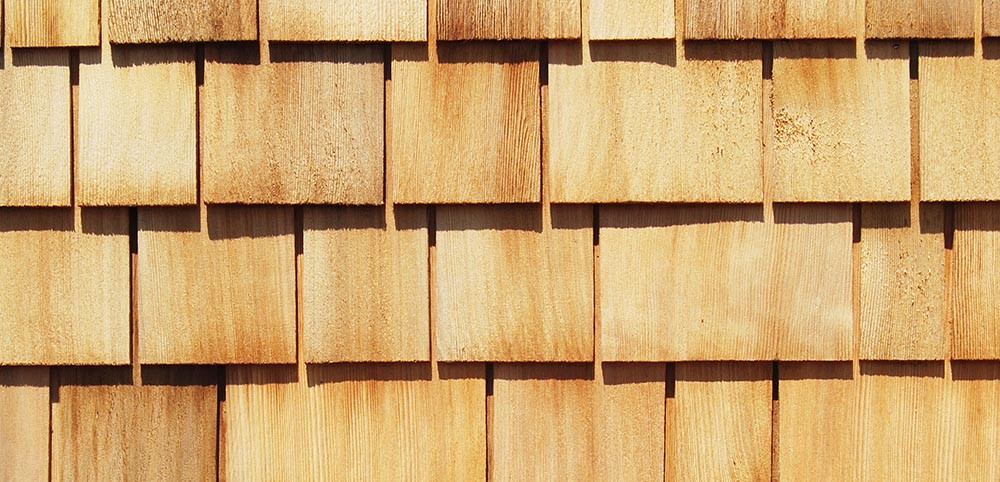Analysis of Hardwood

Background
Trees are classified as softwoods (gymnosperms) and hardwoods (angiosperms). Globally, there are about 30 000 hardwoods and 520 softwood tree species known. However, in Europe there are only 51 and 10, respectively, of these species that exist naturally. The species of most interest for biorefining are those that can be obtained reasonably cheaply whether directly (i.e. specifically grown) or indirectly (as wastes or residues). Such feedstocks include the short-rotation coppice crops willow, poplar, and robina (hardwoods) and residues from the forestry industry (which includes the softwoods Sitka spruce, Norway spruce, and several pine varieties).Celignis founder Daniel Hayes has considerable experience in the chemical and near-infrared analysis of hardwoods and has characterised samples from a number of different species, incuding ash, alder, birch, and paulownia.
Analysis of Hardwood at Celignis
Celignis Analytical can determine the following properties of Hardwood samples:
Sugars (Monosaccharides)
Sugar Alcohols and Uronic Acids
Lignin and Extractives
- Lignin (Klason)
- Lignin (Klason - Protein Corrected)
- Lignin (Acid Soluble)
- Acid Insoluble Residue
- Extractives (Ethanol-Soluble)
- Extractives (Water-Soluble)
- Extractives (Exhaustive - Water then Ethanol)
- Lignin S/G Ratio
- Extractives (Water-Insoluble, Ethanol Soluble)
- Protein Content of Acid Insoluble Residue
- Carbon Content of Acid Insoluble Residue
- Hydrogen Content of Acid Insoluble Residue
- Nitrogen Content of Acid Insoluble Residue
- Sulphur Content of Acid Insoluble Residue
Amino
Acids
Thermal Properties
- Moisture
- Ash
- Ash (Acid Insoluble)
- Carbon
- Hydrogen
- Nitrogen
- Sulphur
- Oxygen
- Volatile Matter
- Fixed Carbon
- Gross Calorific Value
- Net Calorific Value
- Chlorine
- Ash Shrinkage Starting Temperature (Oxidising)
- Ash Deformation Temperature (Oxidising)
- Ash Hemisphere Temperature (Oxidising)
- Ash Flow Temperature (Oxidising)
- Ash Shrinkage Starting Temperature (Reducing)
- Ash Deformation Temperature (Reducing)
- Ash Hemisphere Temperature (Reducing)
- Ash Flow Temperature (Reducing)
- Thernogram - Under Nitrogen
- Thermogram - Under Air
Major and Minor Elements
Cellulose Content of Hardwood
A detailed compilation of the polysaccharide and ligneous composition of wood was carried out by (Fengel and Grosser, 1975). By tabulating the data from more than 350 references in 153 temperate species it was found that, on average, stem wood in softwoods contains 40-45% cellulose, whilst stem wood in temperate-zone hardwoods contains 40-50% cellulose.Click here to see the Celignis Analysis Packages that determine cellulose content.
Hemicellulose Content of Hardwood
There are characteristic differences between hardwoods and softwoods with regard to the composition and structure of the hemicelluloses.The major group of hemicelluloses found in hardwoods are the glucuronoxylans. Specifically, this xylan is a O-acetyl-(4-O-methylglucurono)-b-D-xylan. The content of glucuronoxylan content of hardwood is typically between 15 and 30% by weight. In a few species, for example in some birches, the xylan content can reach as high as 35%. The xylan backbone has glucuronic acid substituents.
Also, unlike softwoods, the 2,3 positions of the xylose backbone may be partially acetylated with about seven acetyl residues per ten xylose units. The xylosidic bonds between the xylose units are easily hydrolysed by acids, whereas the linkages between the uronic acid groups and xylose are very resistant. The acetyl groups are easily cleaved by alkali.
Hardwoods also usually contain small amounts (2-5%) of glucomannan. It is composed of b-D-glucopyranose and b-D-mannopyranose linked by (1->4) bonds. The glucose to mannose residues are generally in the ratio of 1:2. The mannosidic bonds between the mannose units are more rapidly hydrolysed than the corresponding glucosidic bonds and glucomannan is easily depolymerised under acidic conditions.
Click here to see the Celignis Analysis Packages that determine hemicellulose content.
Lignin Content of Hardwood
The lignin fraction is generally considerably less in temperate hardwoods than in softwoods. Covalent bonds are thought to exist between the lignins and carbohydrates in woody biomass plants.Click here to see the Celignis Analysis Packages that determine lignin content.
Starch Content of Hardwood
Starch content will vary according to the species of hardwood and the conditions of its growth and harvest. Starch content is typically lower in the wood than in the foliage and bark.Click here to see the Celignis Analysis Packages that determine starch content.
Uronic Acid Content of Hardwood
Uronic acids can be present as side chains attached to the main backbone of hemicelluloses in hardwoods. For example, the xylan backbone of the hardwood glucuronoxylans can be substituted with glucuronic acid with the xylose-to-uronic acid ratio varying from 3:1 to 20:1, with the most common ratio being from 7:1 to 12:1.Click here to read more about uronic acids and to see the Celignis Analysis Packages that determine uronic acid content.
Enzymatic Hydrolysis of Hardwood
We can undertake tests involving the enzymatic hydrolysis of Hardwood. In these experiments we can either use a commercial enzyme mix or you can supply your own enzymes.We also offer analysis packages that compare the enzymatic hydrolysis of a pre-treated sample with that of the native original material.
Click here to read more about enzymatic hydrolysis and to see the various analysis packages that we offer.
Ash Content of Hardwood
The ash of most wood produced in temperate regions is not a particularly significant fraction of the biomass. Generally, hardwoods contain somewhat more ash than softwoods, and tropical hardwoods contain more than temperate hardwoods, but this is not always the case.Young trees tend to have a higher ash content than mature trees and the ash content tends to be much higher in bark and foliage.
Click here to see the Celignis Analysis Packages that determine ash content.
Heating (Calorific) Value of Hardwood
Given that the concentrations of lignin and resins tend to be higher in softwoods than in hardwoods, softwoods tend to have slightly higher heating values. Howard (1973), when examining southern pine, found that extractive content was positively correlated with the heating value and accounted for 54% of the variation, whereas variation in the proportion of the main chemical constituents had only minor effects.With regard to the extractives, in woods these are substances that tend to be deposited in association with the transition from sapwood to heartwood. They also tend to be present in greater concentrations in barks. Large extractive concentrations are present in woods only in exceptional cases, most of these being tropical species.
Howard (1973) also found that the heating value of mixed stem-bark samples is inversely related to stem height. This is due to a greater proportion of the lower-heating value inner bark at greater heights.
Click here to see the Celignis Analysis Packages that determine heating value.
Bulk Density of Hardwood
At Celignis we can determine the bulk density of biomass samples, including Hardwood, according to ISO standard 17828 (2015). This method requires the biomass to be in an appropriate form (chips or powder) for density determination.Click here to see the Celignis Analysis Packages that determine bulk density.
Basic Density of Hardwood
At Celignis we can determine the basic density of some suitable biomass samples. The method requires the biomass to be in an appropriate form (chips) for density determination.Click here to see the Celignis Analysis Packages that determine basic density.
| Previous Feedstock | Next Feedstock |
Go Back to List of Feedstocks.
Energy
Crops
Agricultural Residues and Wastes
Industrial Residues and Wastes
Municipal
Wastes
Biorefinery
Products






